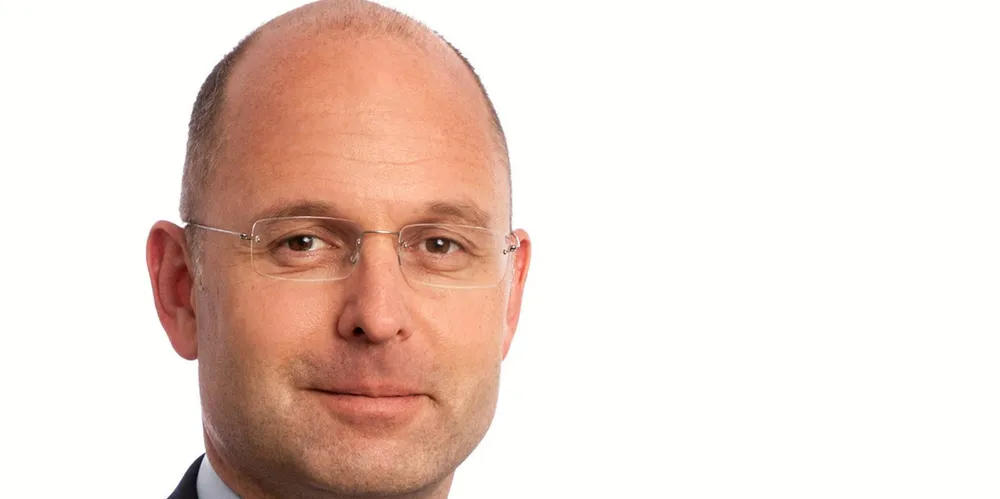Former Mowi executive on salmon farming tax: After an ugly fight, here is what needs to happen next
Today's level of polarization is harmful to the industry -- even more harmful than the tax itself.

Today's level of polarization is harmful to the industry -- even more harmful than the tax itself.
